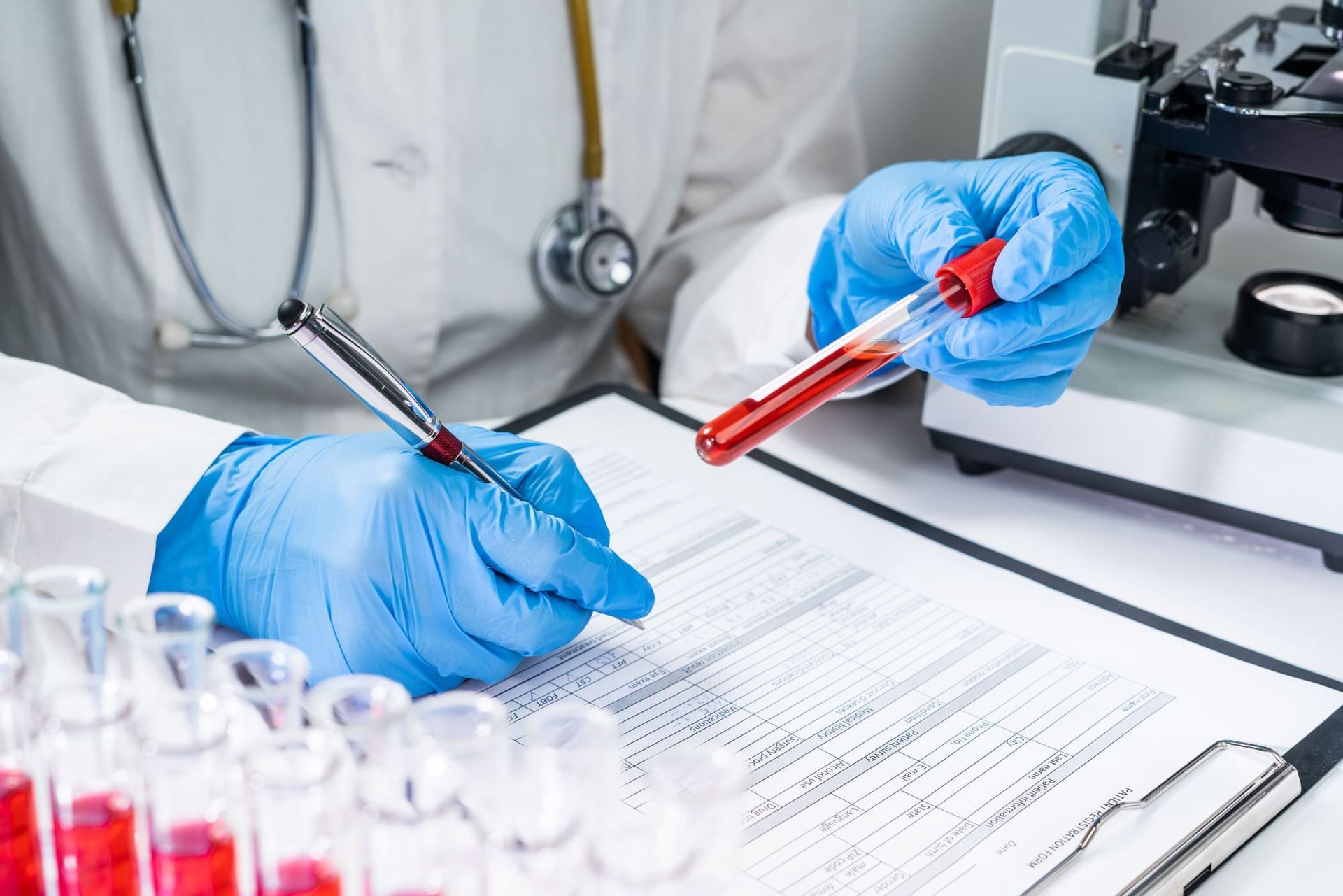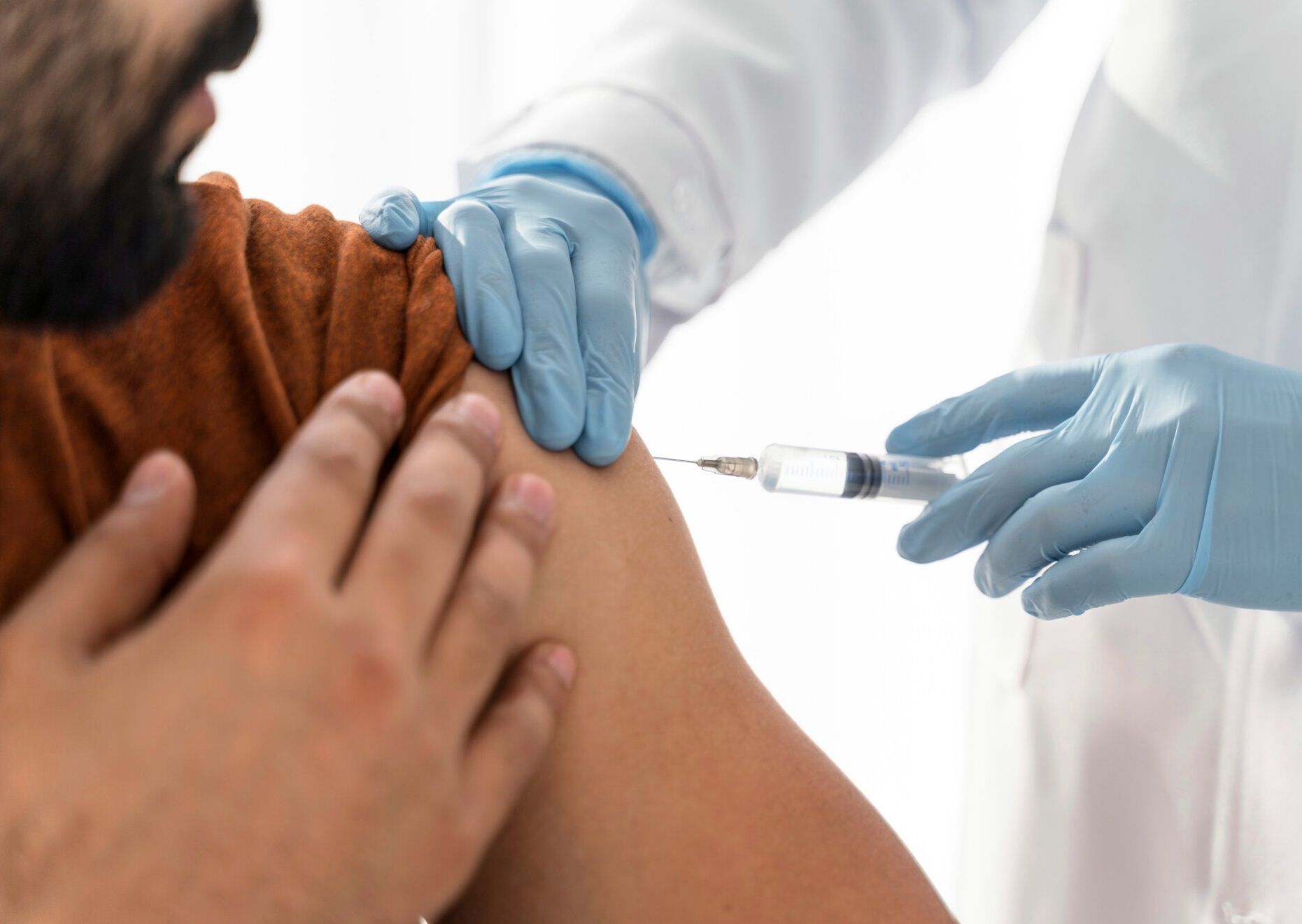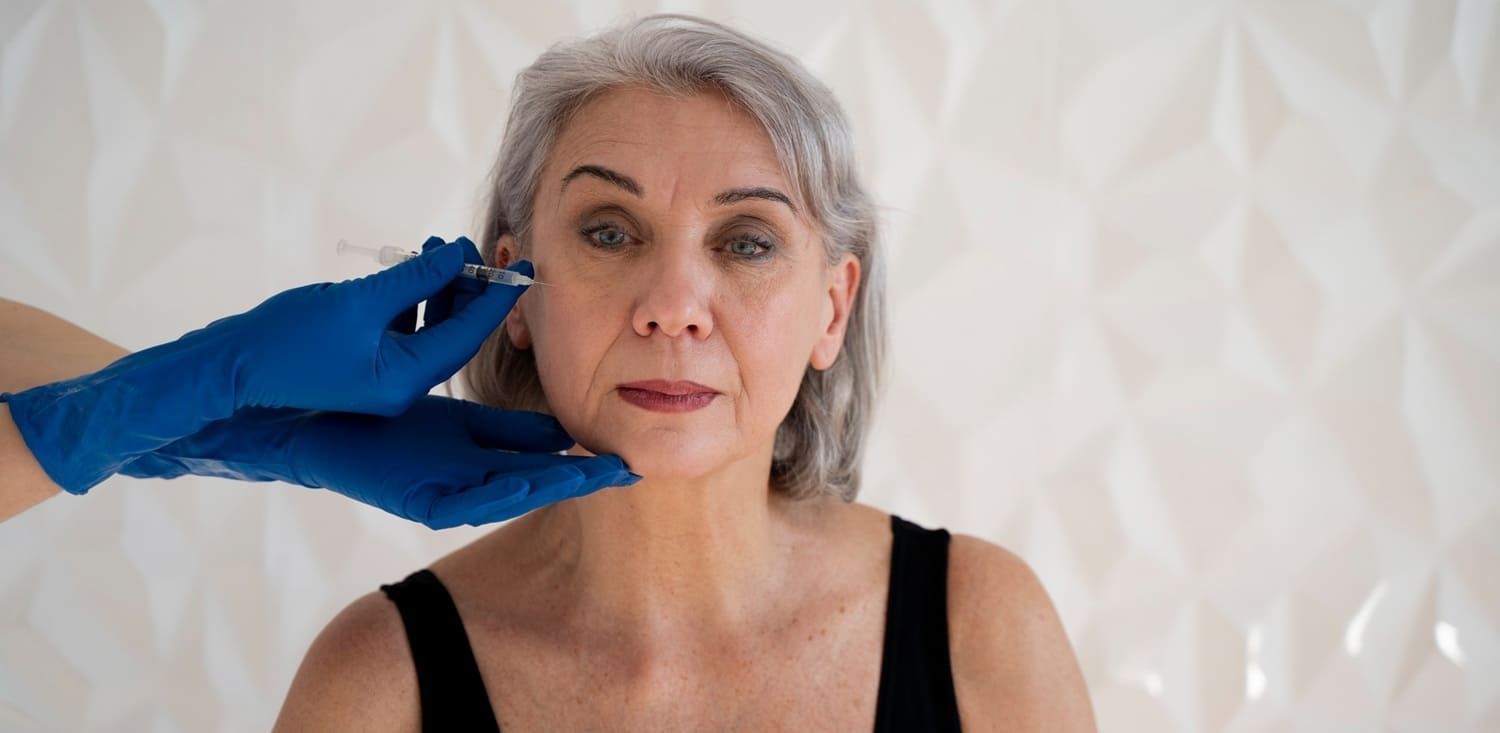Is Botox Safe? What to Know Before You Inject
Botox is one of the most popular cosmetic treatments for reducing visible wrinkles and fine lines while also addressing several medical conditions. With increasing demand for its cosmetic and therapeutic benefits, understanding the mechanism, applications, and safety profile of Botox is essential. This article provides an overview of what Botox is, how it works, the potential risks and side effects, the process for finding a qualified provider, and key aftercare practices. Derived from current clinical studies and Pure Health & Hormone Center regulatory guidelines, the guide emphasizes safety, efficacy, and the importance of professional expertise. Whether you are considering Botox for aesthetic improvements or for medical conditions such as migraine relief and muscle spasm management, this resource empowers you with the necessary knowledge to make an informed treatment decision.
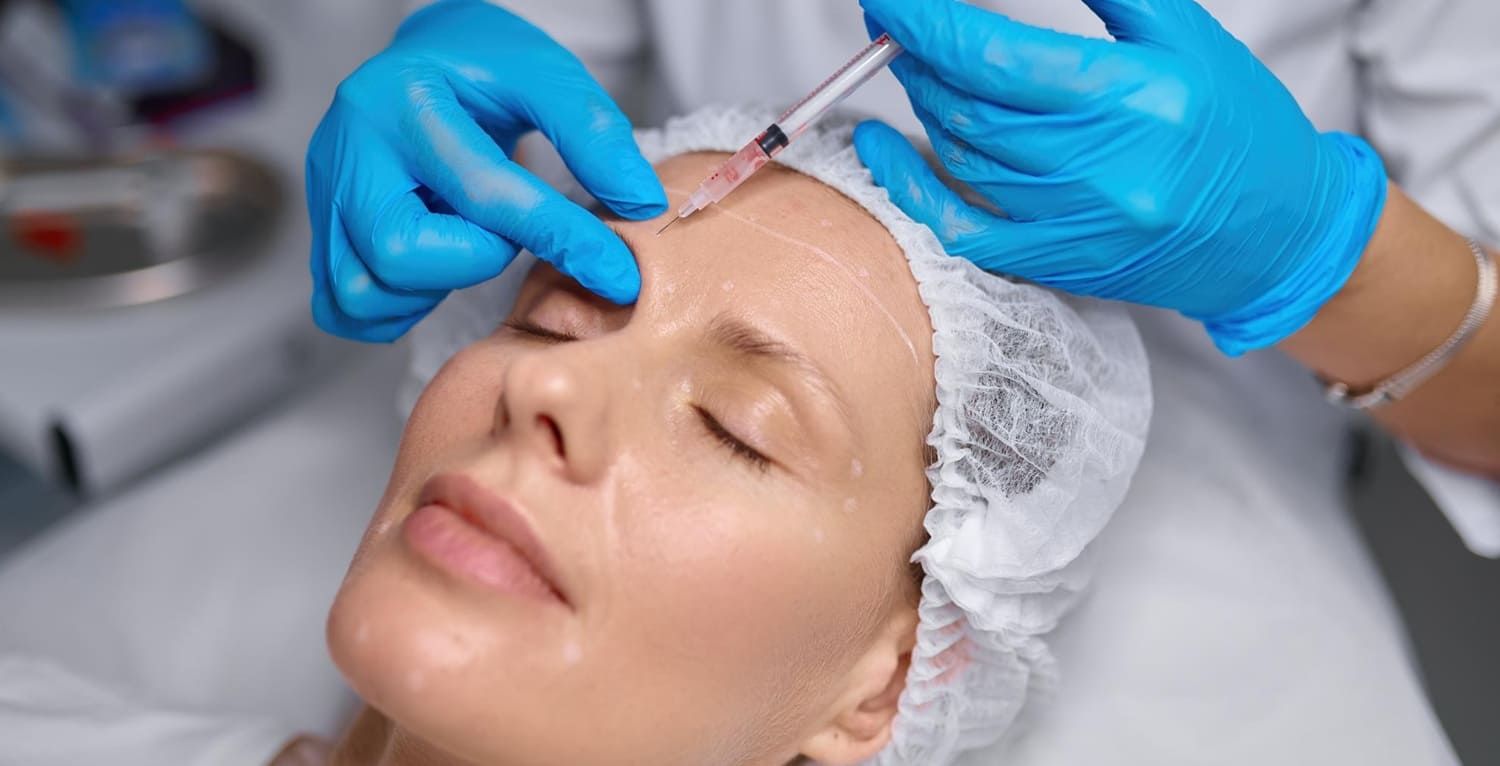
What Is Botox and How Does It Work?
What Is Botox and Its Medical Uses?
Botox is a neurotoxin produced by Clostridium botulinum that, in controlled doses, temporarily paralyzes muscles. It works by blocking the release of acetylcholine at the neuromuscular junction, thereby causing muscle relaxation. This effect is utilized to reduce dynamic facial wrinkles—such as frown lines, forehead creases, and crow’s feet—and to treat various medical conditions including chronic migraines, hyperhidrosis (excessive sweating), muscle spasticity, and overactive bladder. With decades of clinical use and supportive research, Botox has proven effective in alleviating symptoms of disorders such as cervical dystonia and blepharospasm while enhancing cosmetic appearance.
How Do Botox Injections Reduce Wrinkles?
By inhibiting muscle contractions, Botox reduces the appearance of dynamic facial lines. When injected into targeted muscles, it prevents nerve signals from triggering muscle movements. Typically, patients notice initial improvements within a few days, with maximum effects seen between two to four weeks. The reduced muscle activity minimizes both the formation of new wrinkles and the deepening of existing ones, while also decreasing the strain on the skin that contributes to the aging process. The precision of injection techniques employed by qualified professionals and continual safety monitoring contribute to Botox’s success in enhancing facial aesthetics.
What Medical Conditions Can Botox Treat?
In addition to its cosmetic use, Botox is approved for multiple therapeutic applications. It can reduce the frequency and severity of chronic migraine episodes and is effective in treating muscle spasticity associated with conditions such as cerebral palsy. Patients with overactive bladder or hyperhidrosis also benefit from Botox’s muscle-relaxing properties. In ocular medicine, it is used to correct strabismus (crossed eyes) and blepharospasm (involuntary blinking). Its versatility extends to emerging applications for alleviating symptoms related to depression and certain muscle pain disorders, underscoring its value as a multifaceted medical tool.
Is Botox FDA Approved and Regulated for Safety?
What Does FDA Approval Mean for Botox Safety?
FDA approval indicates that Botox has successfully undergone rigorous clinical trials and safety evaluations for both cosmetic and therapeutic uses. The extensive review process examines dosage, side effects, and long-term effectiveness, ensuring that the treatment meets high safety and quality standards. Continuous monitoring of FDA-approved products helps capture any adverse events, leading to updated warnings when necessary. For both doctors and patients, FDA clearance reassures them that Botox’s benefits outweigh its potential risks when used according to established protocols.
How Are Botox Products Tested Before Use?
Prior to market release, Botox products undergo comprehensive preclinical studies and multiple phases of human clinical trials. Early laboratory tests help define its pharmacodynamics and pharmacokinetics, and small-scale human trials determine safe dosage ranges. Larger, controlled trials comparing Botox with placebos or other treatments confirm its efficacy and safety. This rigorous testing regime, combined with periodic FDA reevaluations and strict manufacturing guidelines, guarantees that each Botox batch maintains a predictable safety profile with clearly documented side effects and contraindications.
What Are the Legal Requirements for Botox Providers?
Providers who administer Botox must meet specific legal requirements that include specialized training and certification in cosmetic or therapeutic injections. State medical boards enforce guidelines that ensure practitioners are well-versed in the technique of injecting neurotoxins. Clinics offering Botox must comply with hygiene and safety protocols and are regularly inspected. In many regions, providers are also required to carry malpractice insurance and maintain detailed treatment records. Patients are advised to confirm that their provider is fully licensed, has a good track record, and follows standardized consent processes to safeguard against potential complications.
What Are the Potential Risks and Side Effects of Botox?
What Are Common Side Effects After Botox Injections?
Following Botox injections, many patients experience temporary and mild side effects. Common reactions include localized pain, swelling, or bruising at the injection site. Some individuals may have headaches or even flu-like symptoms in the early days after treatment. In the facial area, there can be temporary unevenness such as drooping eyelids if the toxin diffuses slightly into surrounding muscles. When administered by experienced practitioners and with proper patient selection, these side effects are short-lived and rarely impact overall treatment satisfaction.
What Are Serious Risks and How Often Do They Occur?
Serious complications from Botox are very uncommon but can include difficulty swallowing, breathing problems, or muscle weakness in sites distant from the injection area. Such effects are usually linked to unintended spread of the toxin when injections are not performed with appropriate precision. Clinical data indicate that severe side effects occur in less than 1% of cases. Patients with preexisting neuromuscular conditions or allergies may be more susceptible, making thorough pre-treatment evaluations and open communication with the provider essential for minimizing risks.
How Can Side Effects Be Minimized or Treated?
The risk of adverse effects is greatly minimized when injections are performed by skilled professionals who employ precise techniques and adhere to strict dosage guidelines. For minor side effects like swelling or bruising, simple measures such as applying a cold compress and taking over-the-counter pain relievers are usually sufficient. Patients are generally advised to avoid strenuous activities or excessive facial manipulation for 24 to 48 hours post-treatment. In cases of more pronounced reactions, prompt medical attention and supportive therapies such as physical therapy may be warranted. Clear pre- and post-treatment instructions help ensure that patients experience a safe and comfortable recovery.
How Do You Find a Qualified Botox Provider?
What Credentials Should a Botox Provider Have?
A qualified provider should have certification and specialized training in cosmetic or medical injections, often evidenced by board certification in dermatology, plastic surgery, or similar fields. Proficiency in administering neurotoxins is critical, and reputable practitioners typically engage in ongoing education to remain current with best practices. Membership in professional associations and a history free of malpractice claims further attest to their competence. Prospective patients should verify state licenses and seek reviews or before-and-after treatment photos that demonstrate consistent, high-quality results.
Why Is Experience Important for Botox Safety?
Experience is a crucial factor in achieving optimal and safe Botox results because the procedure requires a nuanced understanding of facial muscle dynamics. An experienced provider is better equipped to customize treatment based on individual anatomy, reducing the risk of complications such as asymmetry or unintended paralysis of other muscles. Such professionals are also more adept at handling any unexpected side effects promptly. Studies show that extensive experience correlates with higher patient satisfaction and fewer repeat treatments, highlighting its role as a key marker of quality care.
How to Verify a Provider’s Reputation and Reviews?
Before selecting a Botox provider, patients should conduct thorough research. This includes reviewing online testimonials, checking independent patient reviews, and comparing before-and-after photographs available on provider websites or third-party platforms. Word-of-mouth recommendations and personal referrals from trusted sources can also be valuable. Additionally, verifying any reported disciplinary actions or malpractice claims through state medical boards helps ensure that the chosen provider has a reputation for safe and effective treatment.
What Happens During a Botox Injection Procedure?
How Is the Botox Injection Administered?
Botox injections are minimally invasive and typically performed in a sterile medical office. The procedure begins with cleansing and marking the injection sites based on the patient’s facial structure and desired outcome. A very fine needle is used to deliver controlled doses of Botox directly into the target muscles. The process generally takes less than 30 minutes, and many patients experience only minimal discomfort. Some practitioners may apply a topical anesthetic beforehand to further reduce any potential discomfort. Because the procedure is highly localized, patients usually resume normal activities shortly afterward with minimal downtime.
How Much Botox Is Typically Used in Treatments?
The dosage of Botox varies according to the area being treated, the severity of muscle contractions or wrinkles, and individual patient needs. For facial treatments, the total number of units typically ranges from 20 to 60, with variations depending on the treatment area. Providers carefully determine the appropriate dose during a consultation to achieve the desired therapeutic or cosmetic result while minimizing the risk of side effects. This individualized dosing is a major contributor to the high satisfaction rates associated with Botox treatments.
What Should You Expect Immediately After Injection?
Immediately after receiving Botox injections, patients might feel a slight discomfort or stinging at the injection sites. Since the treatment is minimally invasive, downtime is usually very short and most individuals can return to their usual routines within a few hours. Providers advise avoiding strenuous activities, facial massage, or lying down for several hours post-injection to prevent the toxin from spreading unintentionally. Some mild swelling, bruising, or redness can occur, but these effects typically resolve within a few days. Following the provider’s post-treatment instructions is crucial to ensure optimal results and minimize side effects.
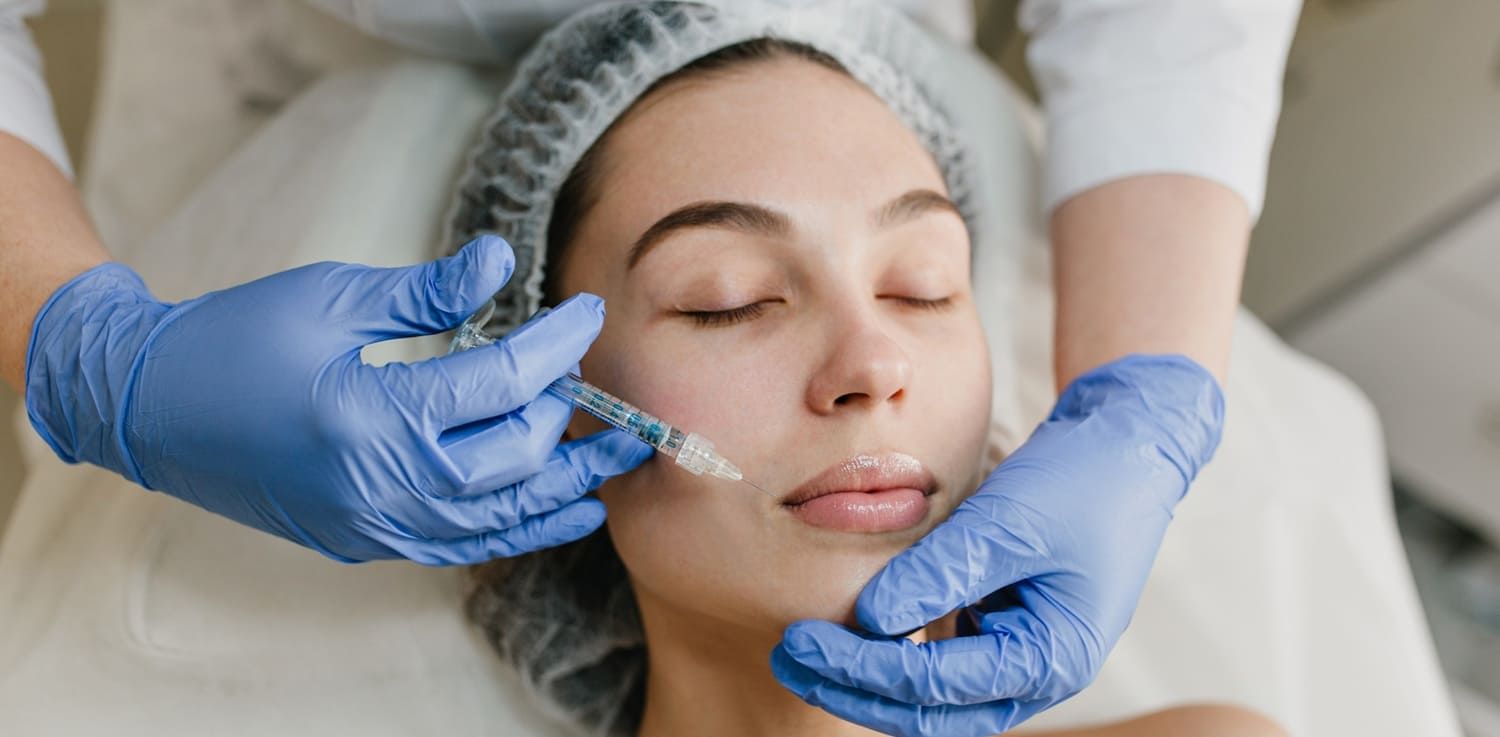
How Does Botox Compare to Alternative Treatments?
What Are Common Alternatives to Botox for Wrinkles?
Alternatives to Botox include dermal fillers, chemical peels, laser resurfacing, and microneedling. Dermal fillers, such as those made from hyaluronic acid, help restore lost volume and fill in deep wrinkles, while chemical peels and laser treatments work to exfoliate the skin and promote new collagen production. Microneedling stimulates the skin’s natural healing process. Unlike Botox, which primarily targets muscle contraction to reduce dynamic wrinkles, these alternative treatments focus on skin texture, volume, and overall tone. Patients may combine these treatments with Botox or choose them based on individual aesthetic goals.
How Do Botox and Alternatives Differ in Safety and Effectiveness?
Botox, by reducing muscle movement, is highly effective for treating dynamic wrinkles (such as frown lines and crow’s feet), whereas alternatives like dermal fillers add volume to soft tissue and laser therapies improve skin texture. Botox has an extensive history with a proven safety record when administered properly, while certain laser treatments or fillers may present higher risks if not carefully performed. The choice between treatments depends on the type of wrinkle, individual facial structure, and treatment goals, and a detailed consultation helps in selecting the safest and most effective option.
When Is Botox the Preferred Treatment Option?
Botox is especially suited for treating dynamic wrinkles that form as a result of repeated muscle movements, such as forehead lines and the wrinkles between the eyebrows. It is favored by patients seeking a natural look with a subtle reduction in lines without dramatically altering facial expressions. Its quick onset and temporary nature allow for adjustments over time, making it an ideal choice for those who prefer periodic treatment rather than permanent alterations.
What Are the Best Practices for Botox Aftercare?
What Should You Do Immediately After Botox Injections?
After receiving Botox, it is important to follow strict aftercare guidelines. Patients should avoid touching or massaging the treated areas for at least four hours to prevent unintended spread of the toxin. Keeping the head elevated and refraining from vigorous exercise on the day of treatment can help minimize swelling. Application of a cold compress can reduce discomfort at the injection sites, and exposure to extreme heat, such as in saunas or hot showers, should be avoided immediately after treatment. Following the provider’s clear post-treatment instructions is essential for maintaining the efficacy of the injections.
How Long Does It Take to See Botox Results?
Typically, initial improvements become noticeable within three to five days after injection, with the full effect developing over two to four weeks. The beneficial results generally last between three to six months, depending on individual metabolic factors and dosage. Because the effects gradually diminish as the toxin wears off, periodic follow-up treatments are recommended to sustain the smooth appearance. Regular consultations allow providers to adjust treatments based on the patient’s evolving needs.
When Should You Schedule Follow-Up Treatments?
To maintain the aesthetic benefits of Botox, follow-up treatments are typically scheduled every four to six months. During these appointments, the provider can assess the treatment’s efficacy, make adjustments to dosages or injection sites if necessary, and address any minor concerns. A customized treatment schedule based on the patient’s muscle activity and metabolism ensures that the improved appearance is consistently maintained.
Frequently Asked Questions
What is the primary function of Botox in cosmetic treatments?
Botox temporarily paralyzes targeted facial muscles to reduce dynamic wrinkles by blocking acetylcholine, which prevents muscle contractions. This results in a smoother appearance while preserving natural facial expressions.
How many Botox units are typically used in a standard treatment?
The number of Botox units varies by treatment area and patient needs, typically ranging from 20 to 60 units for facial treatments, with the exact dosage determined through consultation.
Can Botox be used to treat medical conditions apart from wrinkles?
Yes, Botox is used for therapeutic applications such as treating chronic migraines, muscle spasticity, hyperhidrosis, overactive bladder, and even certain ocular disorders like strabismus.
What precautions should patients take immediately after receiving Botox injections?
Patients should avoid touching or massaging the treated sites, refrain from strenuous activity, and use a cold compress if needed. Additionally, exposure to high temperatures should be avoided for at least 24 hours.
How safe is Botox and what are the serious risks?
Botox is considered safe when administered by a qualified provider. Serious complications like difficulty swallowing or breathing are very rare, occurring in less than 1% of cases when proper protocols are followed.
How do I choose the right Botox provider?
Verify that the provider has the proper board certifications, extensive experience, and positive patient testimonials. Checking for state licensure and any history of malpractice further helps ensure quality care.
How frequently should Botox treatments be repeated to maintain results?
Botox effects last approximately three to six months, so most patients schedule follow-up treatments every four to six months to sustain their desired outcomes.
Final Thoughts
Botox offers an effective solution for reducing wrinkles and treating various medical conditions by temporarily paralyzing targeted muscles. With a strong safety profile, FDA approval, and decades of clinical use, it remains a popular option for achieving natural-looking, durable results. Following proper aftercare and selecting a qualified provider are key to maximizing benefits and minimizing risks.
At Pure Health & Hormone Center in Tampa, FL, our expert team ensures safe and effective Botox treatments tailored to your needs. Schedule a consultation today and discover how we can help you achieve your aesthetic and wellness goals with confidence.




